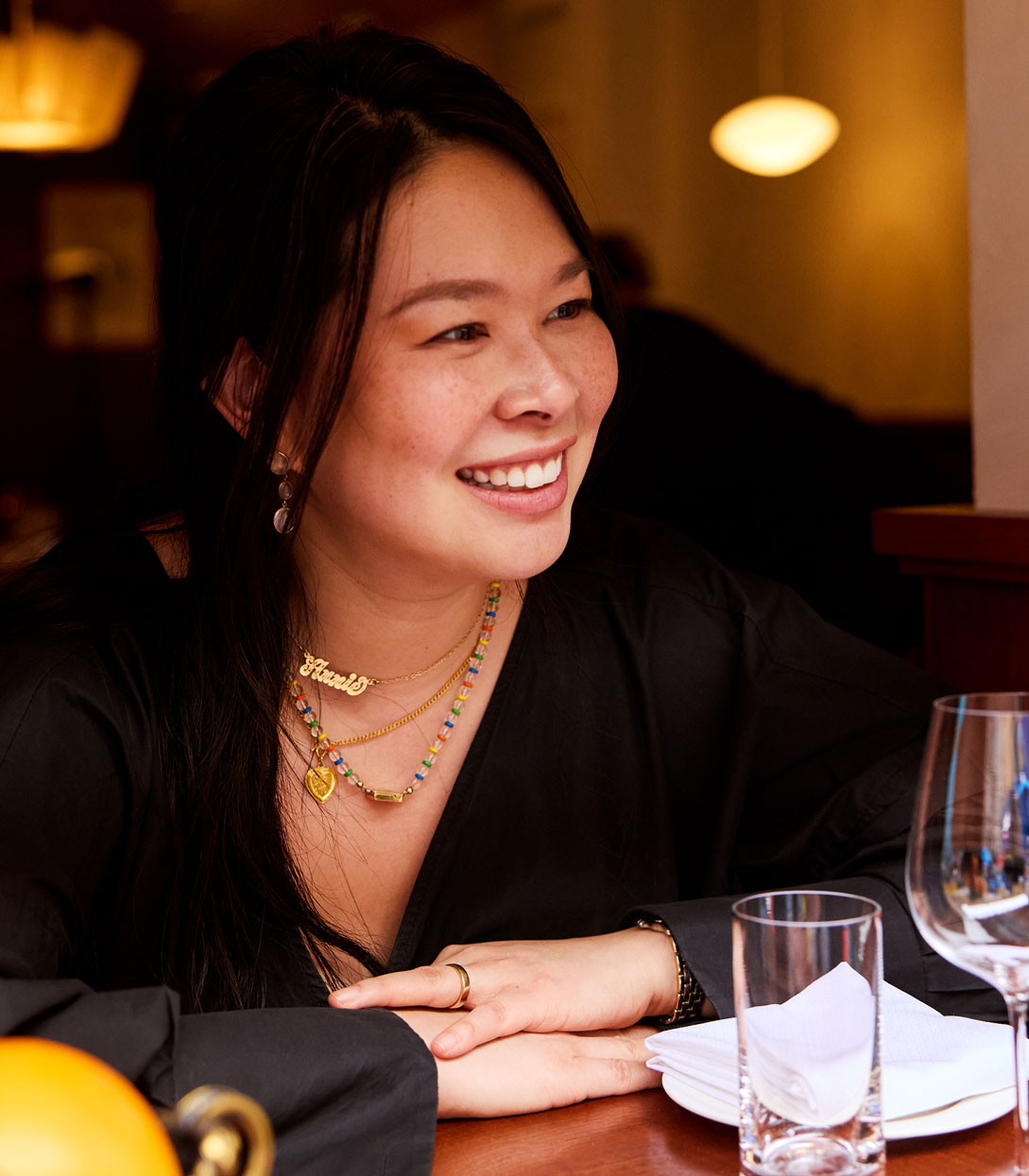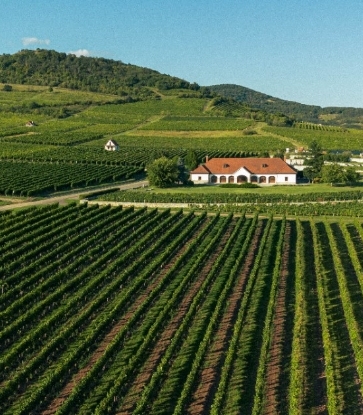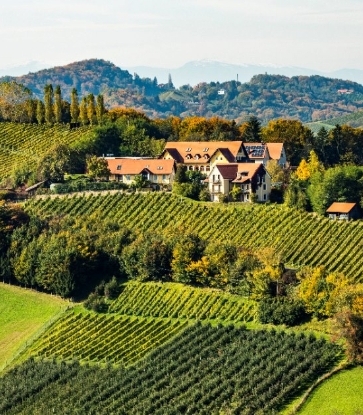It’s a sunny, warm February day in California, and downtown Napa is bustling—people queue at Gott’s Roadside for burgers and wait for English muffins at The Model Bakery. It’s early, but my destination is The Wine Thief tasting room on First Street. I want to discover more about Kale, the wine label from Kale Anderson and his wife Ranko. Specifically, I’m wondering how a pre-med student with no interest in wine became an acclaimed winemaker at a young age—he’s only 38.
“I grew up in Sonoma,” Anderson says, pouring a glass of rosé. “I was in the middle of the wine industry without knowing it.” Intending to follow in the footsteps of his surgeon father, Anderson enrolled in the pre-med program at UC Davis. “I was good at science, but I didn’t have any other interests beyond that—except meeting girls and skiing at Tahoe!” He signed up for a tasting class on campus and really enjoyed it. “I started joining a bunch of tasting groups,” he says. “I was collecting experiences, trying to figure out what I wanted to do.”

One day, the tasting group put together a “Rhônes Around the World” flight, highlighting varieties like Grenache, Syrah and Mourvèdre from various countries. “That was the tasting that really solidified things for me,” he explains. “We were always talking about terroir but the wines in this tasting were all so drastically different in style, even though they were from the same grape varieties. If I had any skepticism about terroir, I was a believer after that.” Anderson left medicine behind, changing his major to Viticulture and Enology.
After graduating, he worked at several Napa Valley wineries, from Colgin Cellars on Pritchard Hill to Terra Valentine in Spring Mountain District and Cliff Lede Vineyards in Stags Leap District. In 2012 he became director of winemaking at Pahlmeyer, where he earned a 100-point score for his 2013 Pièce de Résistance Cabernet Sauvignon. “It was one of those vintages with no regrets,” he remembers. “There was nothing I would have wanted Mother Nature to change. I felt like it was the best wine I ever made.” It was the first 100-point score given to Pahlmeyer.
Meanwhile, Anderson’s love of Rhône varieties inspired him to start his own wine label, Kale, sourcing Rhône grapes from growers in California. “The original mission was to stick to vineyard-designate and blended Rhône-inspired wines,” he says. “I start with a theme or an idea of what I want to make. Once I decide on the style, I find the fruit.” Kale wines are constantly in flux, ranging from crisp, peach and pineapple-tinged Grenache Blanc and delicate rosés blended from Grenache and Cinsault, to red-fruited Grenache and Mourvèdre blends and deep purple whole-bunch Syrah.

“I try to make sure that none of my wines step on each other’s toes stylistically,” he explains. “There is no ‘Kale style.’ I want to make wines that are as drastically diverse as possible. I want to be true to that diversity—that’s what got me interested in wine, particularly Rhône varieties, in the first place. I’m more interested in being surprised—or surprising—than playing it safe.” Anderson produces about 1,000 cases of white, rosé and red wines per year.
For Anderson, blending is an essential element of winemaking, especially when it comes to Rhône varieties. “Blending is the most powerful winemaking tool,” he says. “You have greater ability to affect the style of the wines. Instead of making a wine, you have lots of material to blend into a wine.” He purchases multiple blocks from the same vineyards to give himself blending choices, even for his vineyard-designate wines. He also purchases different varieties from the same vineyards in order to view terroir through the lens of several grapes. “Blending is important but so is terroir. You only get a true expression of terroir if you’re growing multiple varieties on one site. Harvesting multiple different varieties from the same vineyard gives the most accurate expression of terroir.”
Although Rhône varieties have found some success in Central California, the Cabernet Sauvignon-driven Napa market has proved challenging. “Rhône wines are a hard sell,” he explains. “Cabernet Sauvignon is king. The brand of both Napa and Cabernet Sauvignon is so strong; Rhône varieties aren’t well-established here.” Despite this, Anderson is convinced that Rhône grapes can thrive in Napa and express the terroir of Northern California in a way that Cabernet Sauvignon cannot.

“You can plant Cabernet Sauvignon in many different places and it still tastes like Cabernet Sauvignon,” he explains, while pouring a taste of one of his Syrah wines. “Rhône varieties are completely different animals wherever they’re grown, and they showcase the vintage more than other grapes. The diversity of Rhône varieties in California is huge. It’s the winemaker’s set of grapes, because you can really affect the style quite a bit, even within the same vineyard. You’re able to get this diversity of style easily by what you do in the vineyard and in the winery.”
Although he could grow his label, or make more money crafting Cabernet Sauvignon wines, Anderson says the Kale brand will remain small and Rhône-focused. “This is a passion project. Producers who make these wines do it because they love these varieties. It’s a different approach. I want to be surprised. If people play it safe, Cabernet Sauvignon will continue to rule. But when people begin to taste more adventurously, other varieties will have a shot at being recognized for what they really are.”
Photos courtesy of Kale Wines.




















